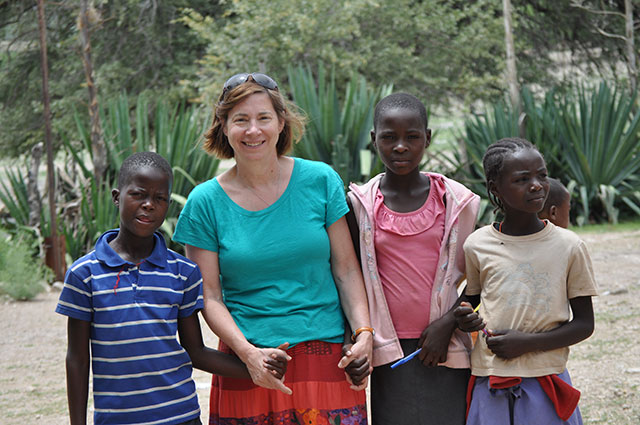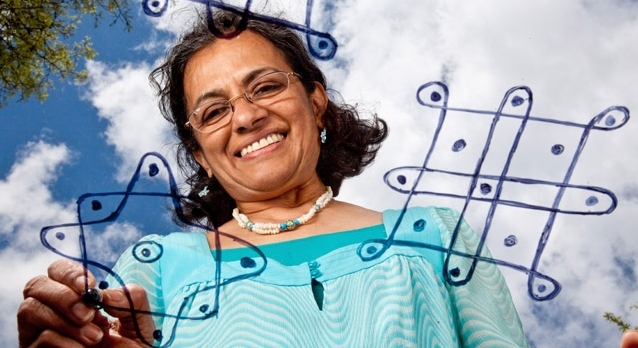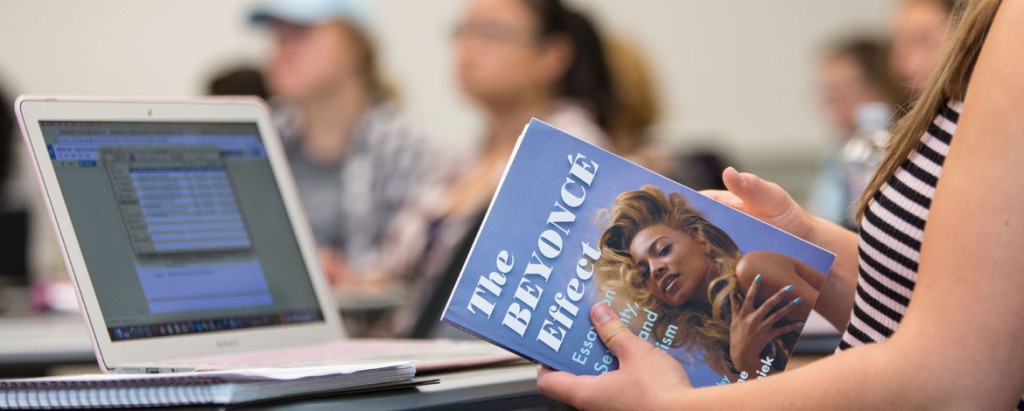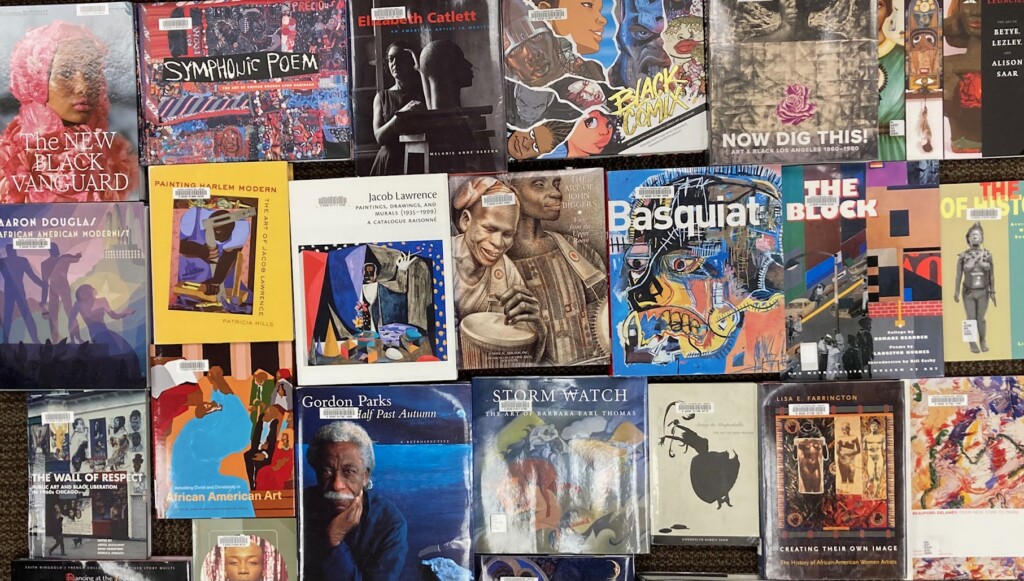Page 14 • (466 results in 0.093 seconds)
-
inconsistent use of dialogue support some of the critiques and how a familiarity with the source material can challenge the popularity of an adaptation. In the end, I came to understand that these two elements exemplify what detracts viewers like me from enjoying Cracknell’s adaption: it does not experiment intentionally or through historically sourced material, as evidenced through the contemporary language and references to popular media. The film opens with a title card stating that it is “based on
-
May 18, 2009 Off to China Blending the Chinese tale of Monkey with an original musical composition comes natural for PLU Music Professor Greg Youtz. The guy is not only a well-respected composer, but learning about and engaging the Chinese culture is a passion of his. “My head is constantly full of China,” he said about a love of a culture that began nearly 25 years ago and has since included many trips to the country. Getting a chance to take PLU music students to China is a perfect blend of
-

to Namibia as a Fulbright-Hays scholar, returning to the country in 2011-13 as a co-leader in J-Term comparative education courses. “I knew my first trip to Namibia transformed me,” she said. “I still am unable to totally articulate the transformation, but I know I was a different person when I returned. Each time I journey to Namibia I become increasingly comfortable in a culture that is so different from what I know or knew.” Namibia was under South African rule, and apartheid laws, until just
-

designs and, each day, endeavor to design something more elaborate, more beautiful. Thirumurthy uses the kolam to describe something else – something for which she earned a prestigious Fulbright U.S. Scholar Program grant to study in her native India. She uses the kolam to describe what is called “funds of knowledge” – the idea that children, especially young girls, gain knowledge not simply in the classroom, but through their family and their culture. In the case of the kolam, children learn not just
-

course.” One of the initial challenges for Smith and Taiwo was subduing students who are superfans of the music. “I want students to take pop culture seriously as political texts,” Smith said. “Really thinking about issues of identity and power within our pop culture texts is a significant skill for students to have. Will it get you a job? Maybe not, but it will leave you a more informed and aware citizen.” Read Previous The Glee Effect: PLU Adds Musical Theatre & Dance Read Next Study away as a
-

American art The art of history : African American women artists engage the past Creating their own image : the history of African-American women artists Now dig this! : art & Black Los Angeles, 1960-1980 Jean-Michel Basquiat Basquiat Black visual culture : modernity and postmodernity Child of the fire : Mary Edmonia Lewis and the problem of art history’s Black and Indian subject Elizabeth Catlett : an American artist in Mexico Seeing the unspeakable : the art of Kara Walker Kara Walker : pictures from
-
May 27, 2008 Hughes encourages classmates to be global citizens President Anderson, Faculty and Staff, Representative from the Ministry of Community Development, Culture and Gender Affairs, Family and Friends, invited guests, and fellow graduates, Good Afternoon. It gives me great pleasure to stand before you today as a representative of the graduating class of 2008. I am overwhelmed and overjoyed. College…the adventure into a dark tunnel. A space filled with papers, deadlines, challenges
-

Convocation, Opening of the New Year Posted by: Thomas Krise / September 9, 2014 September 9, 2014 PLU marks the opening of our ‘new year’ with Convocation. This ceremony dates back to customs from medieval universities meant to welcome new students and new faculty, and to set intentions for the year ahead — together. This morning, I had the honor of speaking to our Lute community and sharing in the tradition and energy of the day! Creating a culture of sustainable and responsible citizenship
-

, professor of religion and culture — got Hall thinking about her own culture more than ever before. Canoes land on the shores of Commencement Bay for the annual canoe journey on Saturday, July 28, hosted by the Puyallup Tribe of Indians for the first time in 20 years. (Photos by John Froschauer/PLU) Soon, Crawford had Hall working with the group that established the Native American and Indigenous Studies program at PLU, a venture that led to networking with local indigenous leaders. Hall even worked with
-

fluorometer, a device used to measure parameters of visible spectrum fluorescence at a particular emission correlated with chlorophyll A, allowing us to measure and compare cellular growth rates in each experimental culture to determine which cultures were growing fastest and slowest." (PLU photo / Sy Bean) "My lab partner Lydia Flaspohler and I grew marine microbes in the lab,” reflected Fisher. “We place it in the microplate spectrophotometer machine, which essentially measures how dense our cultures
Do you have any feedback for us? If so, feel free to use our Feedback Form.


